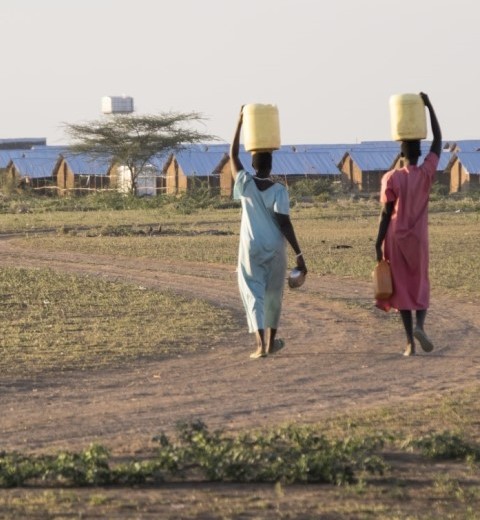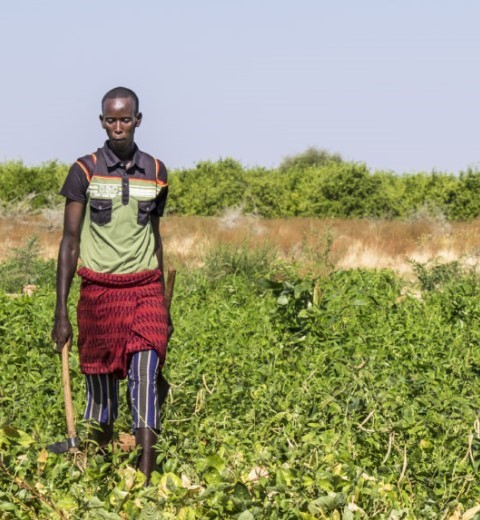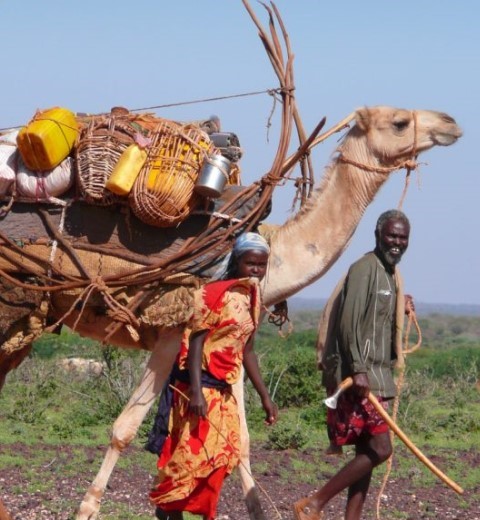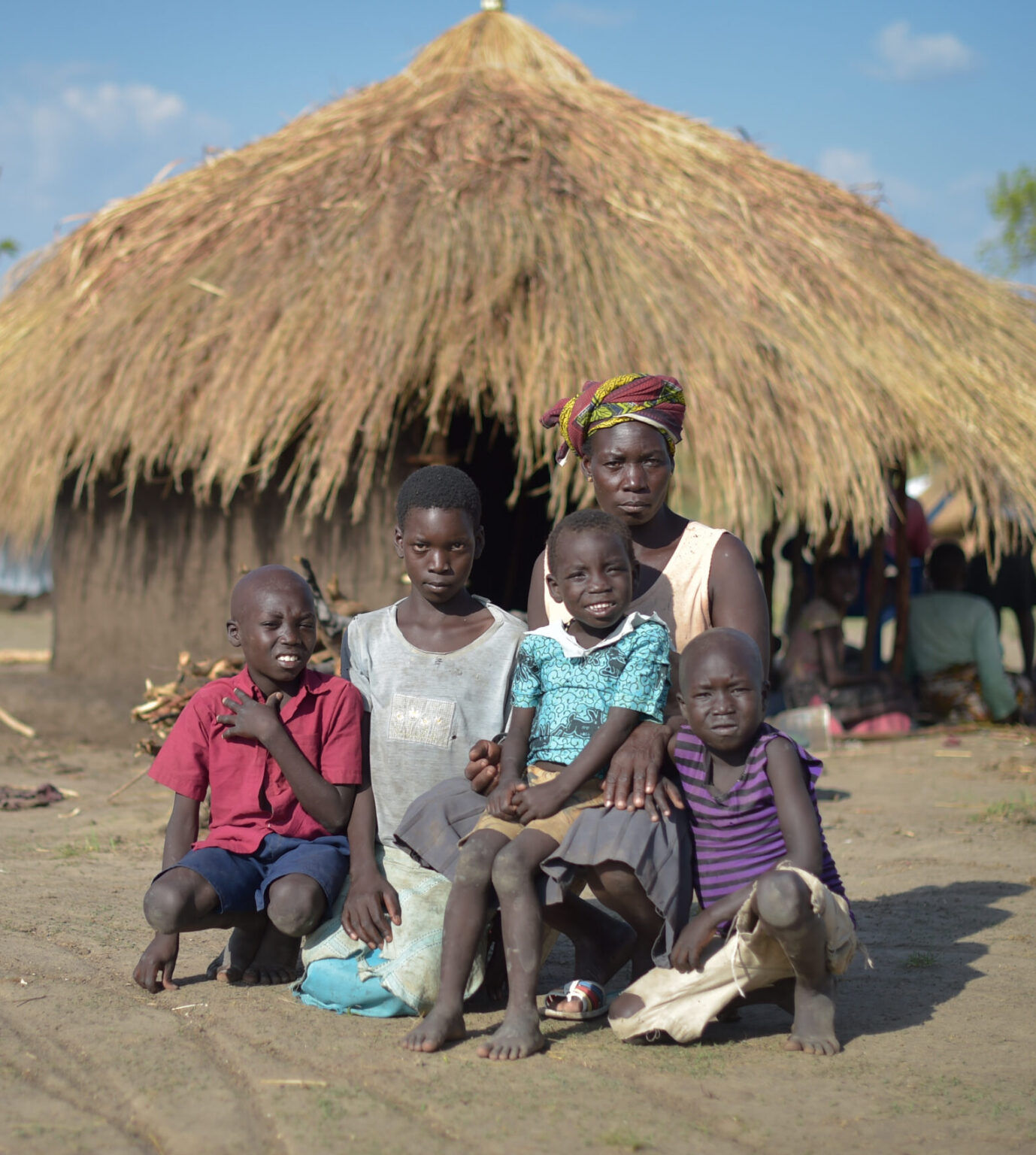Unlocking
Protracted
Displacement
The rights of displaced persons, their protection and empowerment, should be at the heart of any programme approach
What we do
The search for durable solutions to the protracted displacement situation in East Africa and the Horn of Africa is a critical humanitarian and development concern. Displacement is a regional/cross-border issue with a strong political dimension, demanding a multi-sector response beyond the existing humanitarian agenda.
ReDSS seeks to improve joint learning and programming, inform policy processes, enhance capacity development and facilitate coordination in the collective search for durable solutions. It is a coordination and information hub that acts as a catalyst and agent provocateur to stimulate forward-thinking and policy development on durable solutions for displacement.
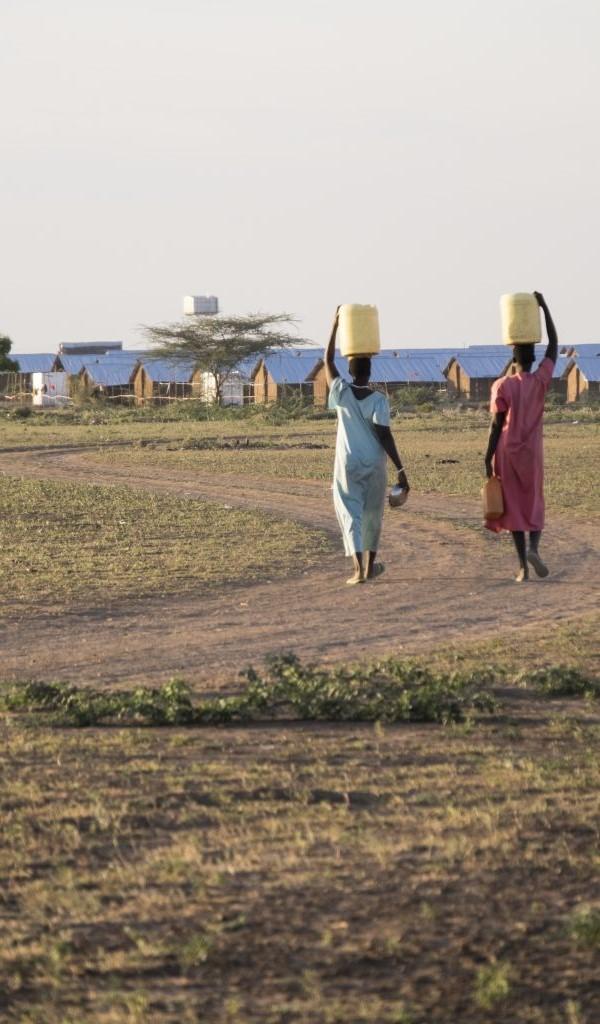
Our Members
The Regional Durable Solutions Secretariat (ReDSS) was created in 2015 to maintain focused momentum and stakeholder engagement towards durable solutions for displacement-affected communities in East Africa and the Horn of Africa.
ReDSS comprises 14 NGOs: Action against Hunger (French: Action Contre La Faim – ACF), ACTED, CARE International, Concern Worldwide, the Danish Refugee Council (DRC), the International Rescue Committee (IRC), INTERSOS, Mercy Corps, the Norwegian Refugee Council (NRC), Oxfam, the Refugee Consortium of Kenya (RCK), Save the Children, World Vision, the Lutheran World Federation (LWF). DRC, IRC, and NRC form the ReDSS steering committee.
Where we work
Established in 2018, the ReDSS Kenya Unit is dedicated to enhancing durable solutions for displacement-affected communities in Kenya. Our approach involves informing programming and policies that promote the integration of displacement-affected communities, enabling them to lead safe, dignified, and productive lives.
Established in 2016, the ReDSS Somalia Country Unit is built upon the Somalia Solutions Analysis and collaboration among ReDSS members. This partnership is focused on enhancing coordination, addressing capacity needs, and fostering collective knowledge management to inform and strengthen the overall response to displacement in Somalia.
Established in 2018, the ReDSS Ethiopia Country Unit emerged through a strategic partnership with the European Union Trust Fund and UNHCR. Our focus is to bolster sustainable and development-oriented responses for refugees and host communities in Ethiopia aligned with the Comprehensive Refugee Response Framework (CRRF) approach.
Established in 2020, the ReDSS Great Lakes Unit was founded as a coordination and information hub to increase the displacement-affected communities’ potential to integrate sustainably and live safe, dignified, and productive lives. The overall objective is to improve durable solutions programming and policies to support their inclusion.
Key figures of displacement in the region
ReDSS work is supported by

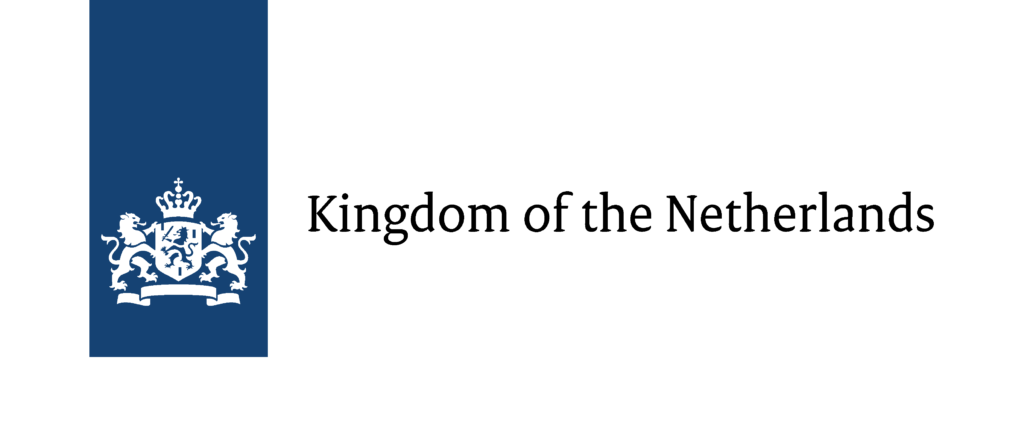
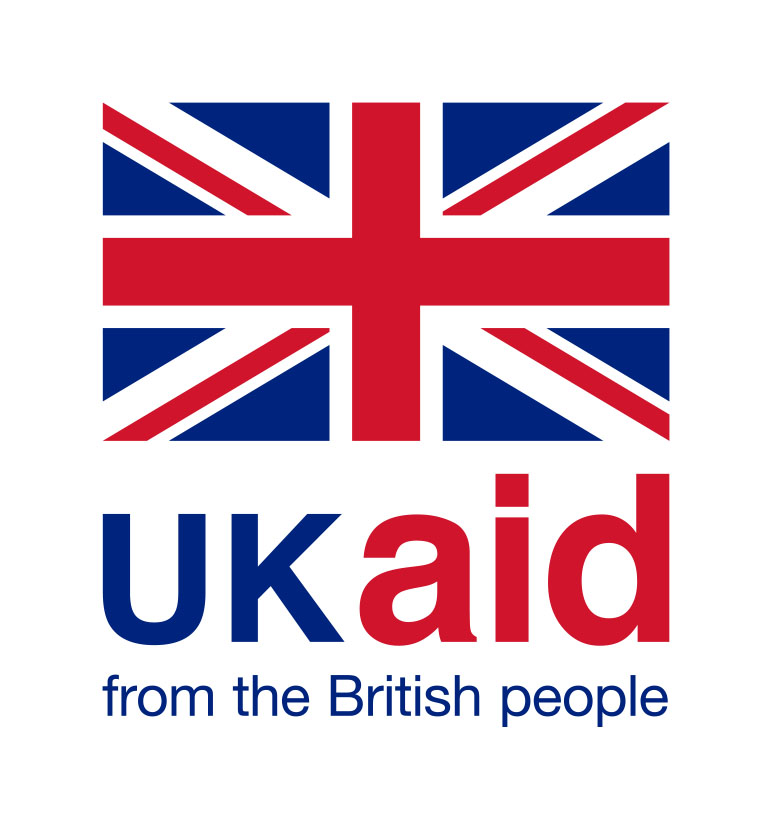

 EventsKenya
EventsKenya Towards Durable Solutions: Addressing the Urban Refugee Context in Kenya
While significant efforts have been made to address the needs of refugees in Kenya's major hosting counties like Turkana and...
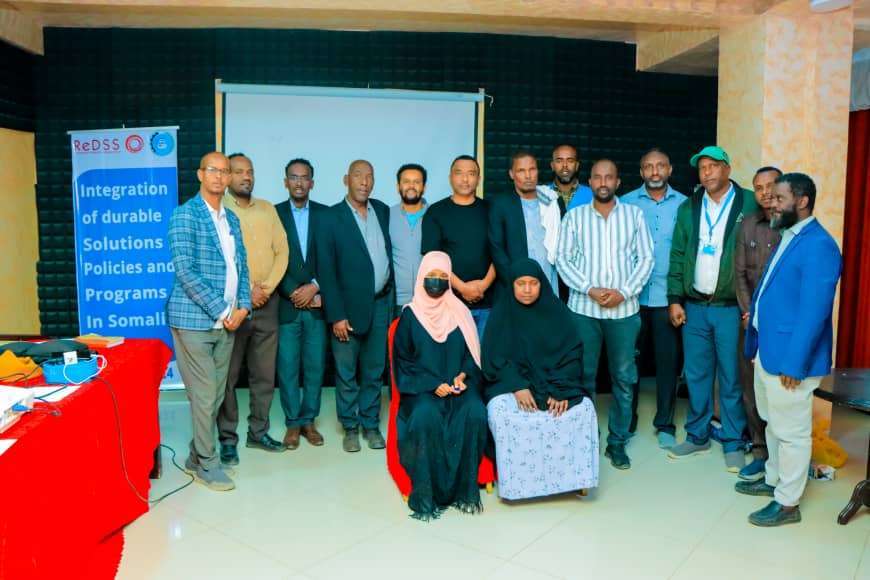 EthiopiaEvents
EthiopiaEvents Forging Durable Solutions in Somali Region: A Collaborative Endeavor
The Somali region of Ethiopia has witnessed significant displacement challenges, with over one million internally displaced persons (IDPs) scattered across...
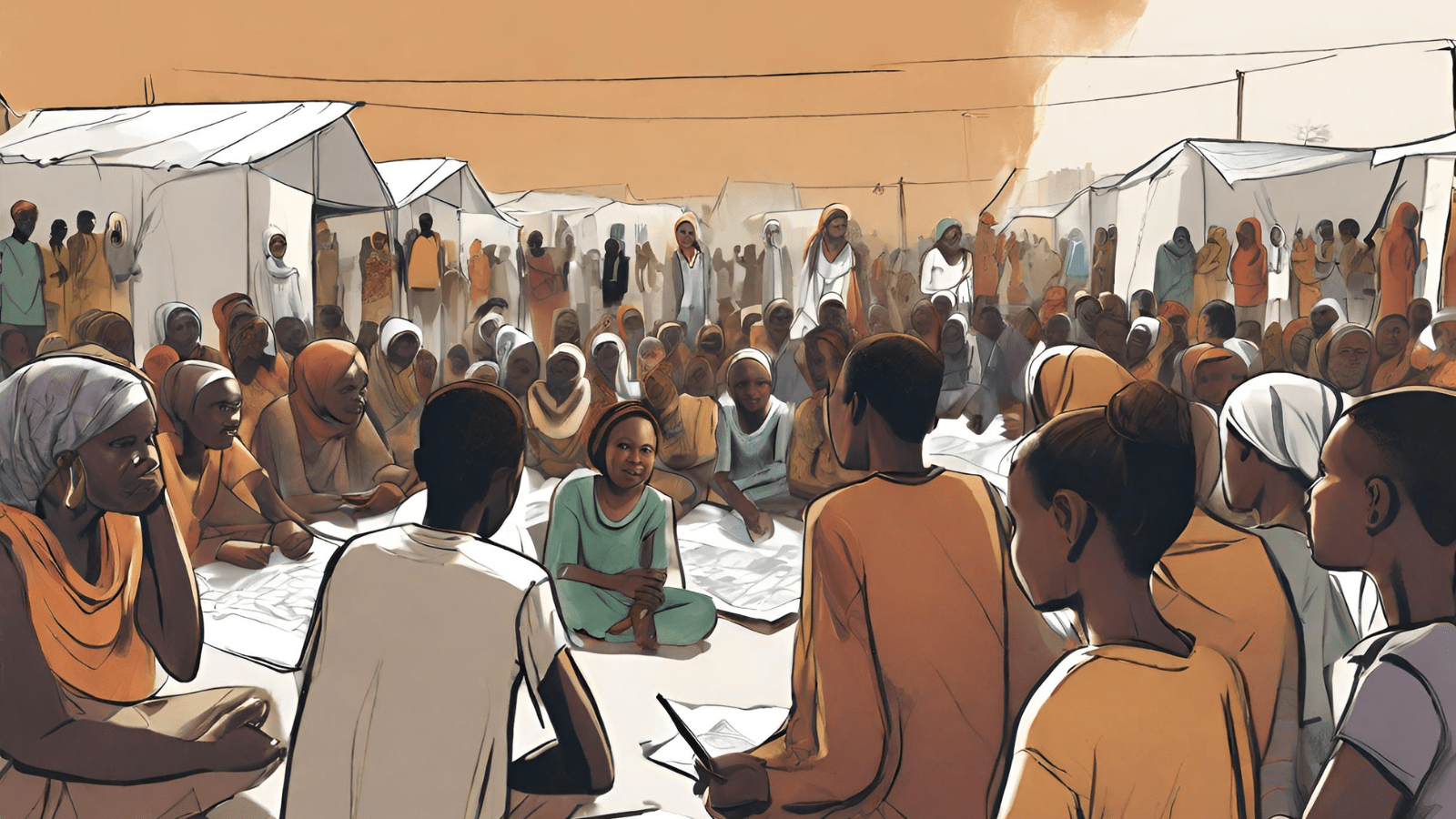 ReDSS ReportSomalia
ReDSS ReportSomalia Supporting Meaningful Participation for Somalia’s Marginalized Communities
In 2023, The Regional Durable Solutions Secretariat (ReDSS) engaged Meraki Labs, a consulting firm whose mission is to ensure that...
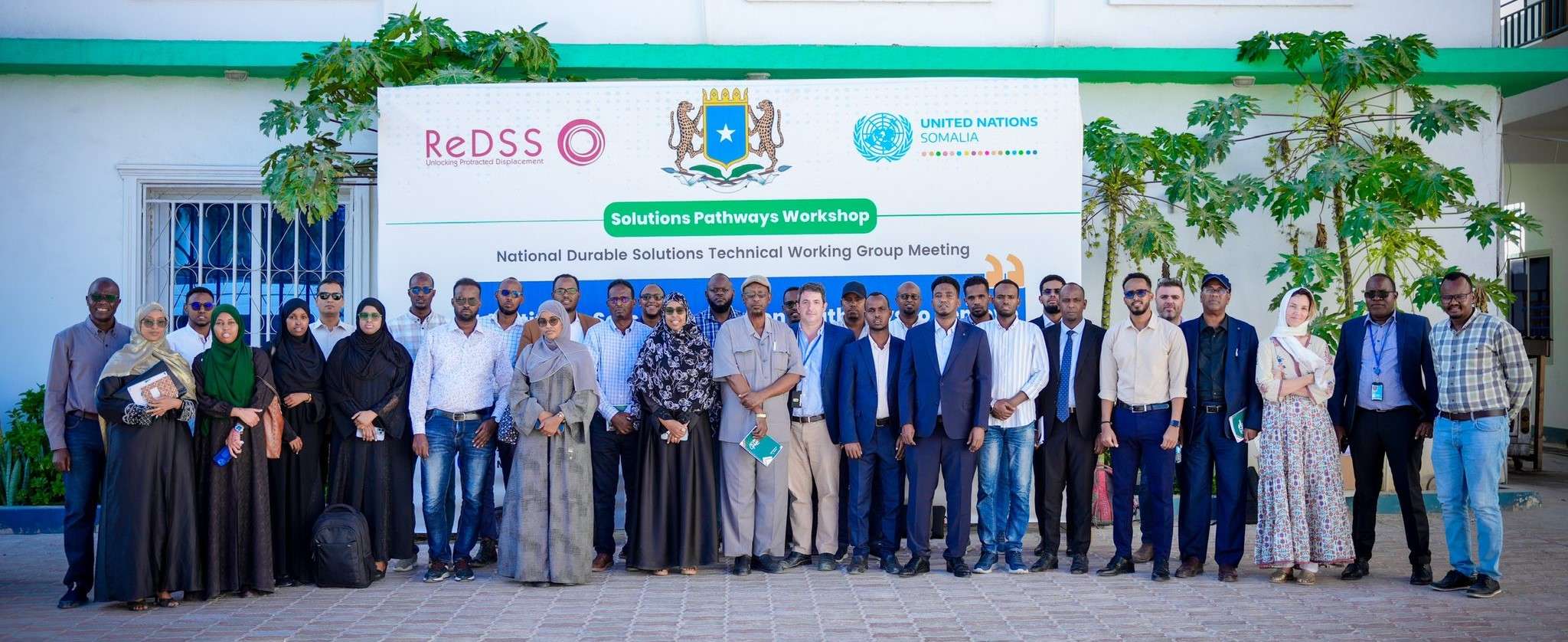 EventsSomalia
EventsSomalia Forging a Path Toward Durable Solutions for Somalia’s Displaced Communities
The Ministry of Planning, Investment, and Economic Development (MoPIED) in cooperation with ReDSS hosted a pivotal Solutions Pathways Workshop and...
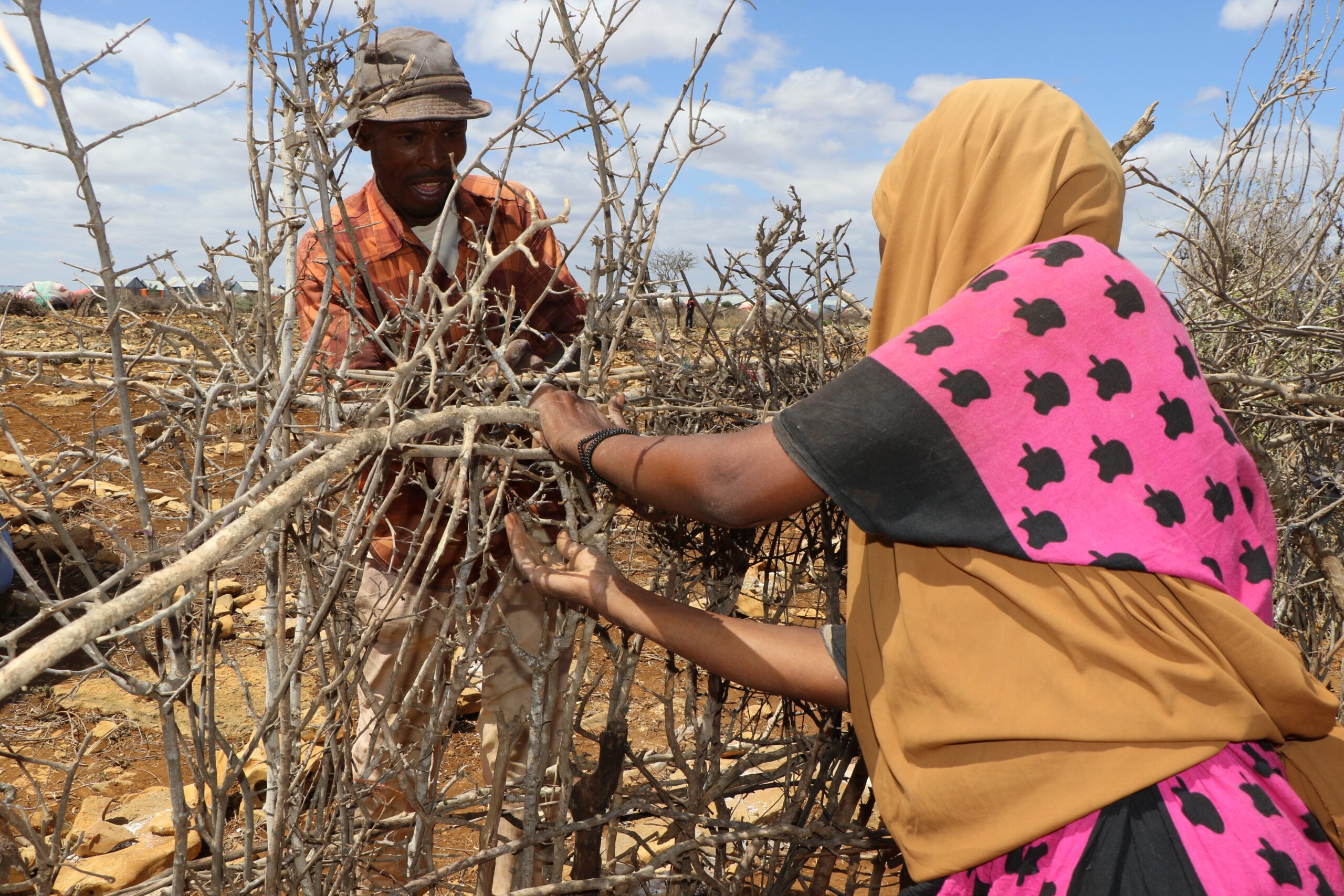 ReDSS ReportSomalia
ReDSS ReportSomalia Aspirations Survey II 2022
The world commemorates World Cities Day on the 31st of October each year. The day is meant to draw global...
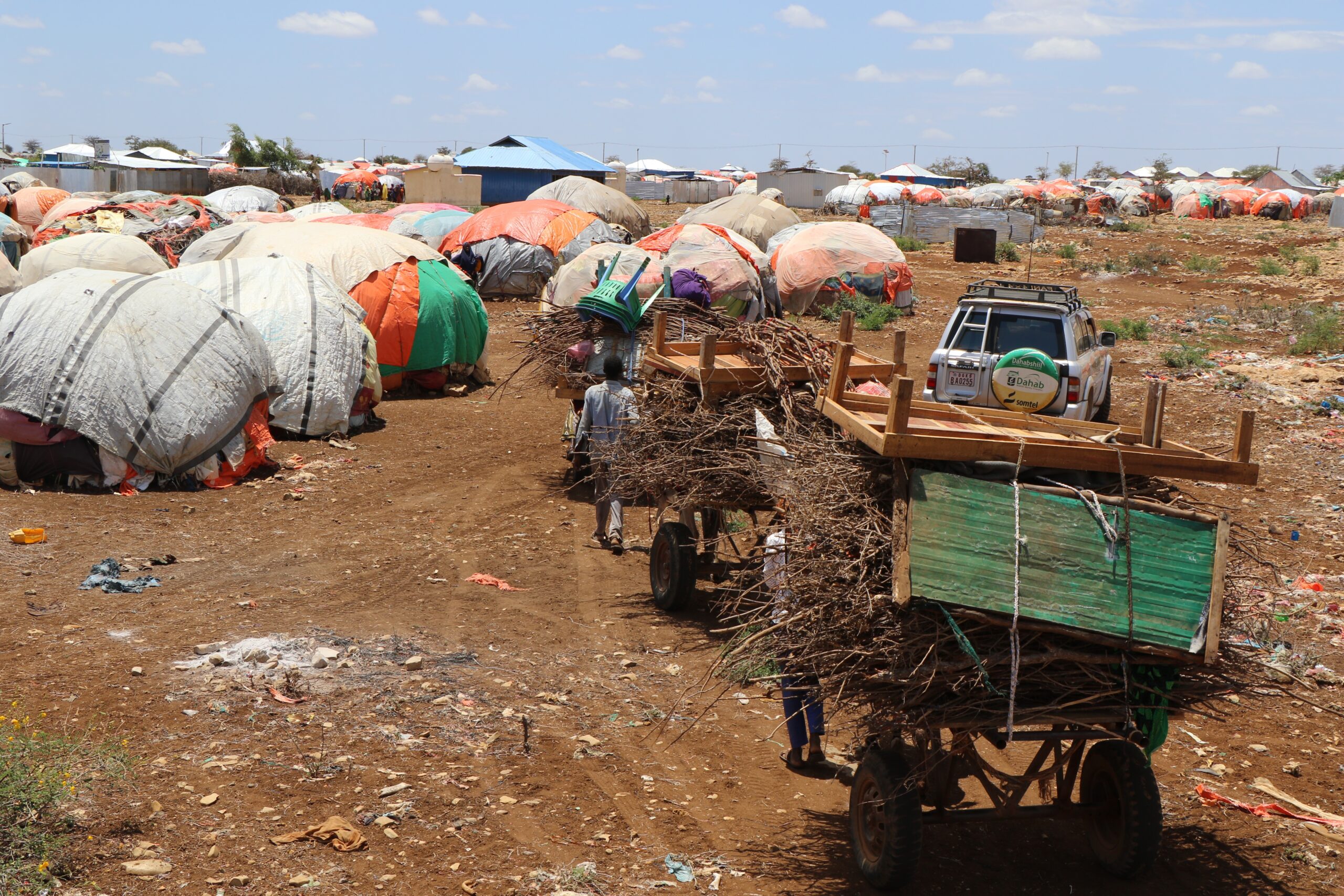 ReDSS ReportRegional Updates
ReDSS ReportRegional Updates ReDSS 2021 annual report and 2022 Outlook
The operational environment in 2021 for durable solutions in the Horn of Africa region was reflective of the global shift...
